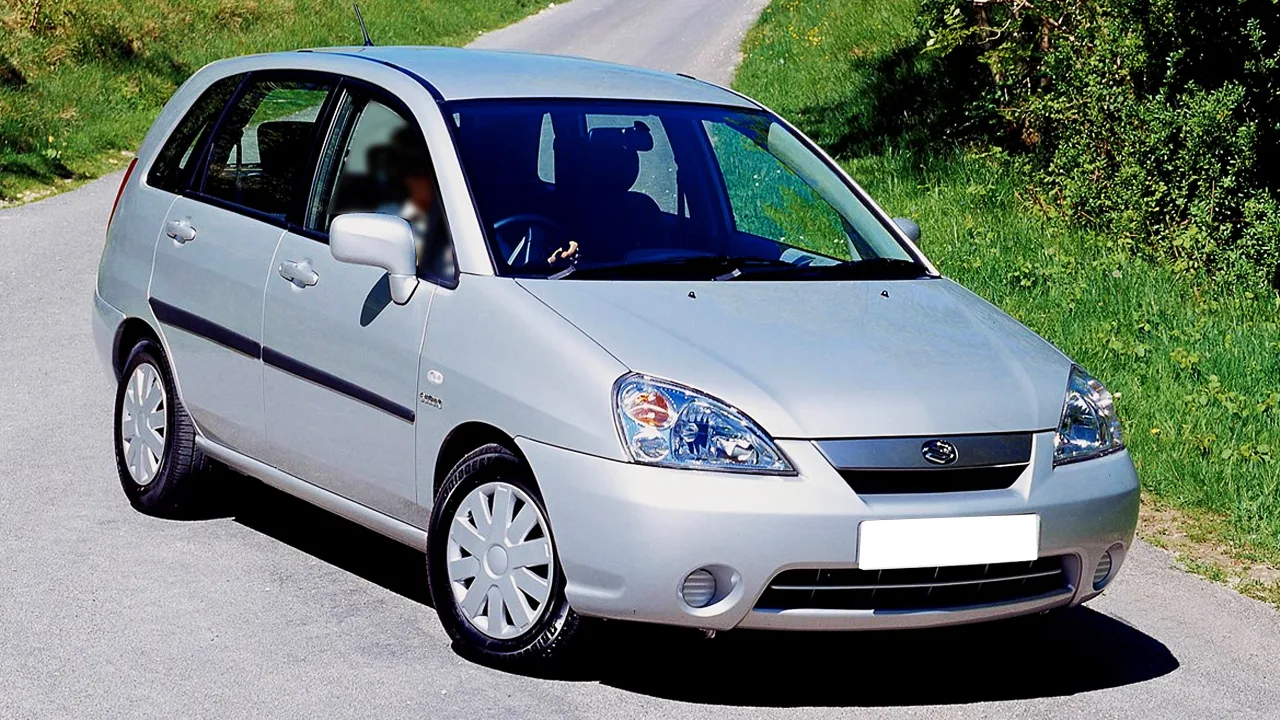The Suzuki Liana, introduced in Pakistan in the early 2000s, was anticipated to be a game-changer in the automotive market. But despite the early excitement, the Suzuki Liana encountered problems that ultimately caused it to fail in the Pakistani market. This note explores the various factors contributing to the downfall of the Suzuki Liana, ranging from design flaws and marketing missteps to changing consumer preferences and competition.
Why Suzuki Liana Failed in Pakistan Reasons Unveiled
1. Design and Aesthetics:
One of the primary reasons behind the Suzuki Liana’s failure in Pakistan was its uninspiring design and aesthetics. In a market where consumers place a high value on the visual appeal of a car, the Liana failed to capture attention. But despite the early excitement, the Suzuki Liana encountered significant problems that ultimately caused it to fail in the Pakistani market. Competing models from other manufacturers, with more contemporary designs, overshadowed the Suzuki Liana, leading to a lack of interest from potential customers.
2. Performance and Reliability Issues:
The Suzuki Liana faced criticism for its performance and reliability issues, which significantly impacted its market standing. Consumers reported problems with the car’s engine, transmission, and overall build quality. Frequent breakdowns and maintenance issues eroded consumer confidence in the Liana, making it an unattractive choice for those seeking a reliable and durable vehicle. This negative word-of-mouth further tarnished the car’s reputation, hindering its acceptance in the Pakistani automotive market.
3. Marketing and Brand Perception:
Effective marketing plays a crucial role in the success of any product, and the Suzuki Liana struggled in this aspect. Suzuki’s marketing strategy failed to create a strong brand perception for Liana, and the lack of a distinctive positioning in the market made it challenging for the car to stand out. With more targeted and creative marketing strategies, rivals managed to draw in customers and present their models as superior substitutes, pushing the Suzuki Liana to the background.
4. Changing Consumer Preferences:
As consumer tastes changed, the Suzuki Liana couldn’t keep up with the ever-evolving trends in the Pakistani auto industry. The demand for fuel-efficient, compact cars with advanced features increased, and the Liana failed to adapt to these changing preferences. Models from other manufacturers drew customers in with their superior fuel economy, cutting-edge technology, and plusher driving experience. The failure to align with evolving consumer expectations further contributed to the decline of the Suzuki Liana in Pakistan.
- Audi GT50 Concept: A Loud Reminder of Why Car Enthusiasts Fell in Love With Audi
- Nearly 30% of UK Drivers Believe Car Tax Should Be Based on Mileage — Survey
- Why Planes and Boats Escaped the Luxury Tax But Cars Didn’t
- Australia’s Headlight Confusion: Authorities Warn Drivers After Viral $250 Headlight Rule Goes Wild Online
- 2025 Hyundai Venue Facelift Launched in India – Full Details, Variants, and Price
5. Intense Competition:
The automotive market in Pakistan is highly competitive, with several local and international manufacturers vying for market share. Stronger brand reputations and superior features and performance paired with superior performance set competing models against which the Suzuki Liana faced stiff competition. With established players dominating the market, Liana struggled to carve out a niche for itself. Partially responsible for its demise was its incapacity to contend successfully with the help of product offerings and market positioning.
6. Pricing Strategy:
The pricing strategy adopted for the Suzuki Liana also played a role in its lackluster performance. Consumers perceived the Liana as overpriced compared to competing models that provided better value for money. This pricing mismatch deterred potential buyers, leading to slower sales and a failure to gain traction in the market.
7. Limited Innovation:
In an era where automotive technology was advancing rapidly, the Suzuki Liana lacked the innovation needed to capture the attention of tech-savvy consumers. The Liana lacked features like connectivity options, contemporary infotainment systems, and cutting-edge safety technologies. As a result of rival models’ cutting-edge technologies drawing in a younger customer base, the Suzuki Liana developed a reputation for being out of date and less desirable.
Several factors contributed to Suzuki Liana’s failure in Pakistan, including poor design, poor performance, poor marketing, shifting consumer preferences, fierce competition, inadequate price, and a lack of innovation. The automotive market is dynamic and unforgiving, requiring manufacturers to adapt swiftly to evolving trends and consumer expectations. Unfortunately, the Suzuki Liana fell short on multiple fronts, leading to its eventual decline and withdrawal from the Pakistani market. The insights gleaned from Liana’s debacle serve as a crucial prompt for automakers to remain aware of market trends and consistently pursue excellence in design, performance, and marketing to thrive in a cutthroat environment.
